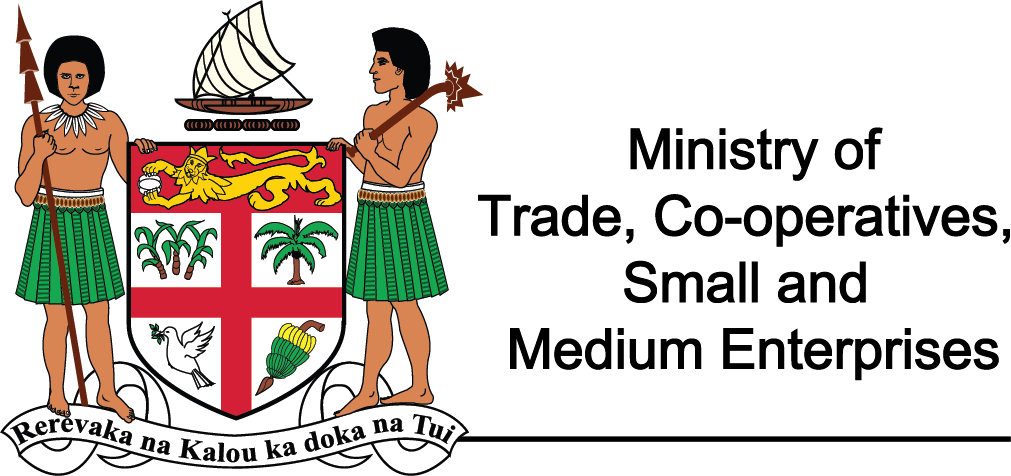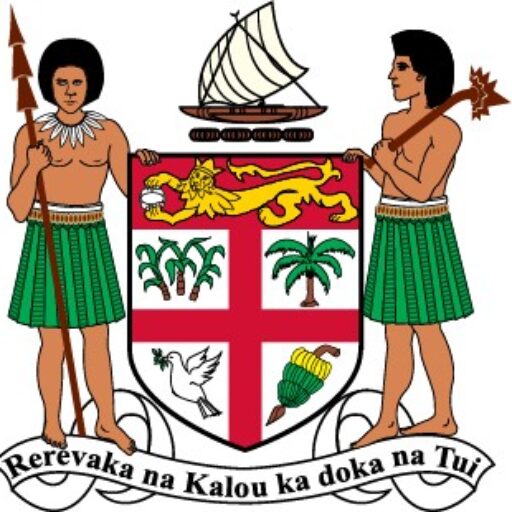Fellow Hon. Ministers (TBC);
Mr. Thomas J. Jacobs, IFC Country Manager, Pacific
Ms. Judith Green, IFC Country Manager, Caribbean;
H.E. John Feakes, Australian High Commissioner to Fiji;
Representatives of the Australian Department of Foreign Affairs and Trade;
Mr. Deva De Silva, IFC Resident Representative Fiji
Permanent Secretaries;
Carnival Australia and Royal Caribbean International (TBC);
Representatives of the Market Development Facility;
Tourism and Cruise Industry Stakeholders;
Ladies and Gentlemen,
Let me welcome and thank all our distinguished partners and guests for your participation.
The statement that tourism is paving the way for the Fijian economy is irrefutable, as you have just heard.
On several occasions, we’ve spoken on how the Fijian tourism industry has contributed significantly to positioning the economy to where it is today. However, it is equally important to recognise that there is still so much more we can do and achieve. So many more jobs can be created as well as so much more income generated for Fijians.
This is why we’re here today- to acknowledge the contribution of Fiji’s cruise industry and determine what we more can we do collectively, to realise our full potential.
Ladies and Gentlemen,
To guide the industry forward, our national sectoral plan, the Fijian Tourism 2021 (FT 2021), sets the overarching policy agenda for the sustainable development of the sector.
FT 2021 is especially designed to maximise tourism yield, while achieving a sustainable flow of visitors.
Therefore, increasing the value of tourism to $2.2 billion by 2021, forms the foundation of the plan – a target that we want to achieve.
Ladies and Gentlemen,
For three years now under the umbrella of the Fiji Partnership, supported by Australian Department of Foreign Affairs and Trade, we’ve been working with IFC on a number of trade, industry and tourism related areas. From the tourism side, we’ve partnered with IFC in delivering some of the strategies contained under the FT 2021.
One key strategy was a study of the Fijian cruise tourism industry in terms of its current and potential value.
The Assessment of the Economic Impact of Cruise Tourism in Fiji provides key recommendations for the public and private sector to understand the cruise market better and take this sector forward. It helps to determine ways to continue adding value by diversifying our tourism products and services over a wider spectrum, with specific focus on port destinations that are still lagging behind.
It will also assist in improving the overall cruise experience, ensuring cruise visitors spend more onshore and with local service providers.
With the successful conclusion of this study, we now know what the current economic benefits are, what it could be, and how to get there. As Mr. Jacob rightfully stated, the seven investment opportunities if implemented can add FJ$90.07 million to the Fijian economy over the next 10 years.
Ladies and Gentlemen,
So, where do we go from here?
Over the last few decades, global demand for cruising has presented some significant benefits, as well as its fair share of challenges.
For Fiji, in 2018 , we received a record 187,890 cruise passengers which was approximately 2 percent increase compared to 2017. In terms of the earnings from cruise passengers, Fiji noted a record FJ$11.3 million in 2018 as compared to $10.4 million in 2017, which is 9.4 percent increase. The number of cruise vessels has also been increasing year-on-year.
Depending upon the size of the vessel, between 500 to 3,000 tourists, along with as many as 1,000 crew members, disembark at the multi-purpose Ports of Entry in Suva and Lautoka each time a cruise vessel calls.
Ladies and Gentlemen,
As the Minister responsible for tourism, a good part of my job includes travelling all around Fiji. Whether it be by land or sea, day or night. I am lucky enough to have had the different experiences, as I’m sure most of you have, and I could only hope our visitors get to witness the same.
So, I understand both sides of the tourism coin. The need to innovate and grow, the need to showcase and preserve, the need for authenticity and product differentiation.
Ladies and Gentlemen,
As you’ll note from the study, the private sector is the bigger beneficiary, receiving an estimated 70 percent of the revenue from cruise tourism, with the Fijian Government getting 28 percent.
The study also reveals a strong correlation between cruise passenger satisfaction and spending.
The more satisfied passengers are with the variety of things to see, do and purchase, the longer they stay onshore and the more they spend.
I’d like to also take this opportunity to highlight the crucial role our municipalities play as far as cruise destinations are concerned. It’s no surprise why.
The Municipal Councils must put in strategy to attract tourists to their cities and towns and offer more activities to cruise liners. And one way to do this is to ensure that shops and services are open on Sunday and on public holidays.
Ladies and Gentlemen
I’d also like to congratulate the MDF for their support towards a new Public-Private-Partnership (PPP) with Fiji Navy and Kenua Fiji that saw the handover of the hydrographic survey data of Yasawa-i-Rara this morning. Another milestone achievement and step towards the right direction for the advancement of the Fijian yacht and cruise tourism industry.
As stated by H.E. John Feakes, the new hydrographic map for Yasawa-i-rara will open up new cruise destinations which ultimately increases economic activities.
This PPP approach is something my Ministry will replicate in other remote destinations within Fiji.
I’m happy to say, two key strategies of the FT 2021 geared towards the growth of the cruise/yacht industry have now been completed and delivered.
Ladies and Gentlemen,
In conclusion, I encourage you to go through the study and identify where and how you can contribute. As industry stakeholders, you are all important players in Fiji’s cruise industry and ultimately have a lot to gain. So share your thoughts and views at the panel discussions later today. We want to hear from you.
To the Australian Government and IFC representatives, our cooperation under the Fiji Partnership has undoubtedly been a fruitful one and we turn to you once again to support Fiji in implementing some of the priority investment opportunities.
I’m positive our continued partnerships can contribute significantly to the development of a broader strategy to facilitate access, enhance quality and efficiency, and improve the destination experience.
With those few words, I wish everyone a productive discussions and outcome. Thank you and Vinaka vakalevu.



